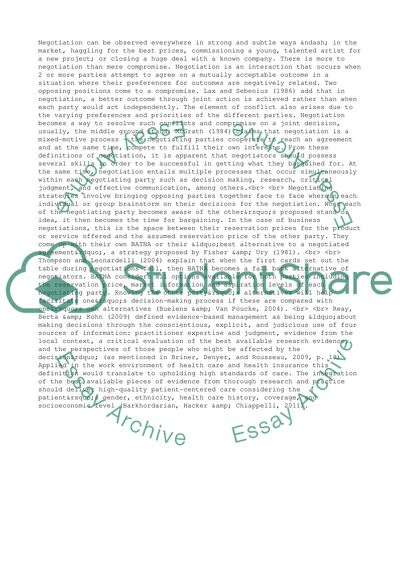Cite this document
(Conflict, Decision Making, and Organizational Design Assignment, n.d.)
Conflict, Decision Making, and Organizational Design Assignment. Retrieved from https://studentshare.org/management/1452441-conflict-decision-making-and-organizational-design
Conflict, Decision Making, and Organizational Design Assignment. Retrieved from https://studentshare.org/management/1452441-conflict-decision-making-and-organizational-design
(Conflict, Decision Making, and Organizational Design Assignment)
Conflict, Decision Making, and Organizational Design Assignment. https://studentshare.org/management/1452441-conflict-decision-making-and-organizational-design.
Conflict, Decision Making, and Organizational Design Assignment. https://studentshare.org/management/1452441-conflict-decision-making-and-organizational-design.
“Conflict, Decision Making, and Organizational Design Assignment”, n.d. https://studentshare.org/management/1452441-conflict-decision-making-and-organizational-design.


